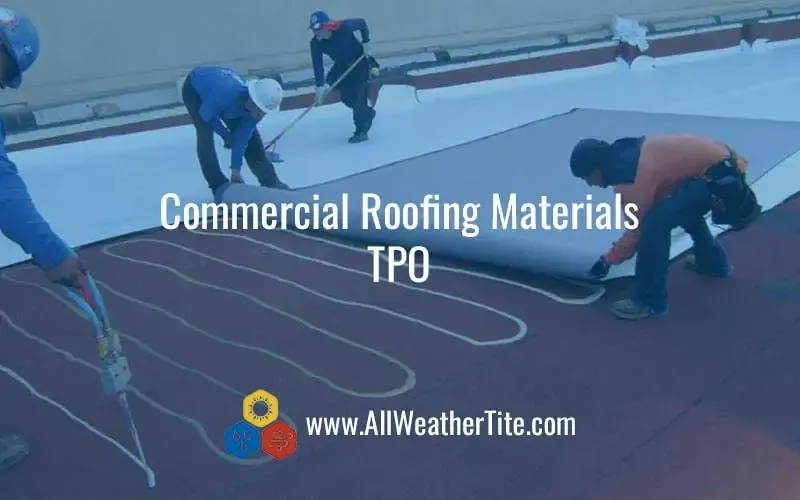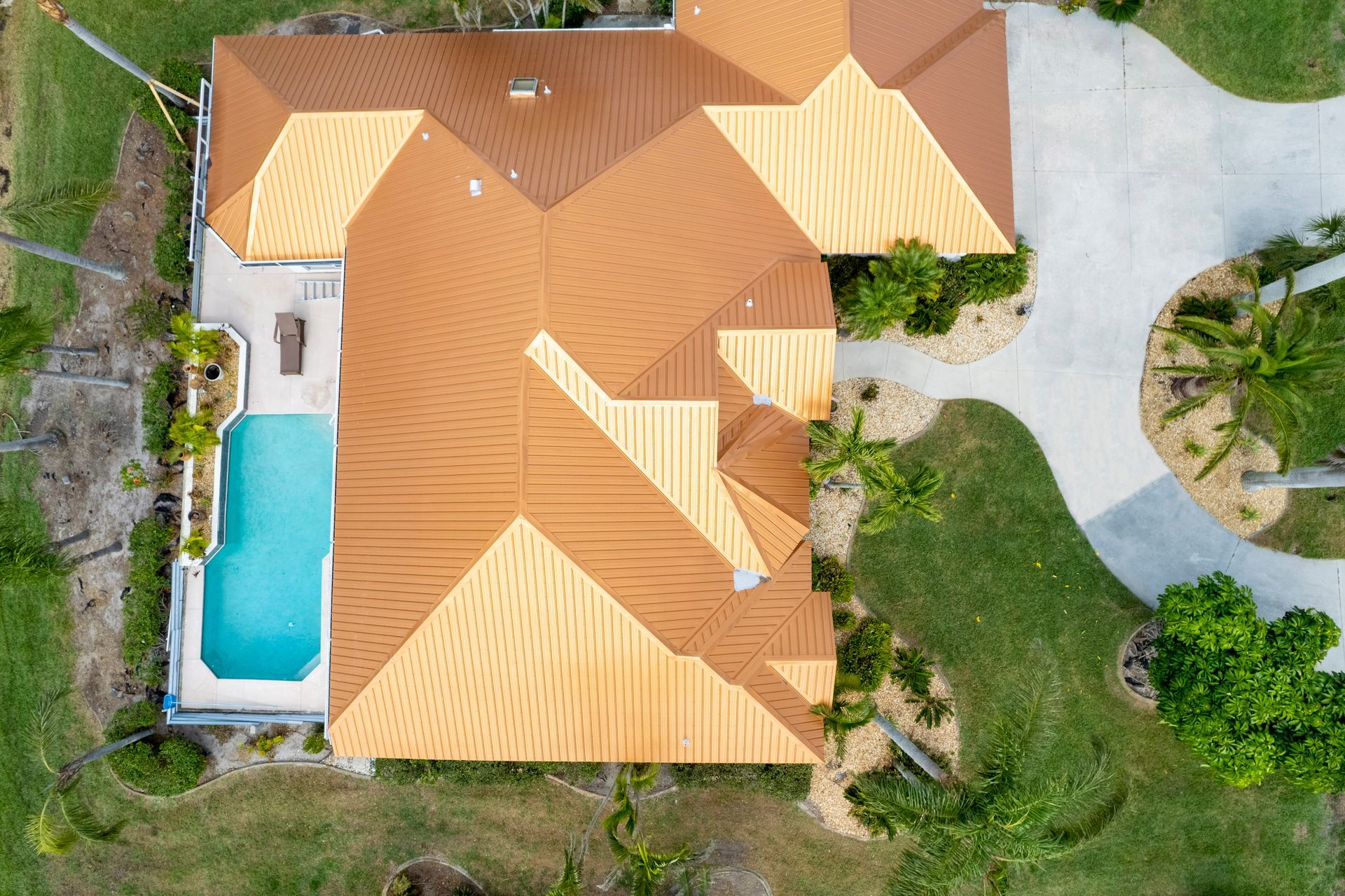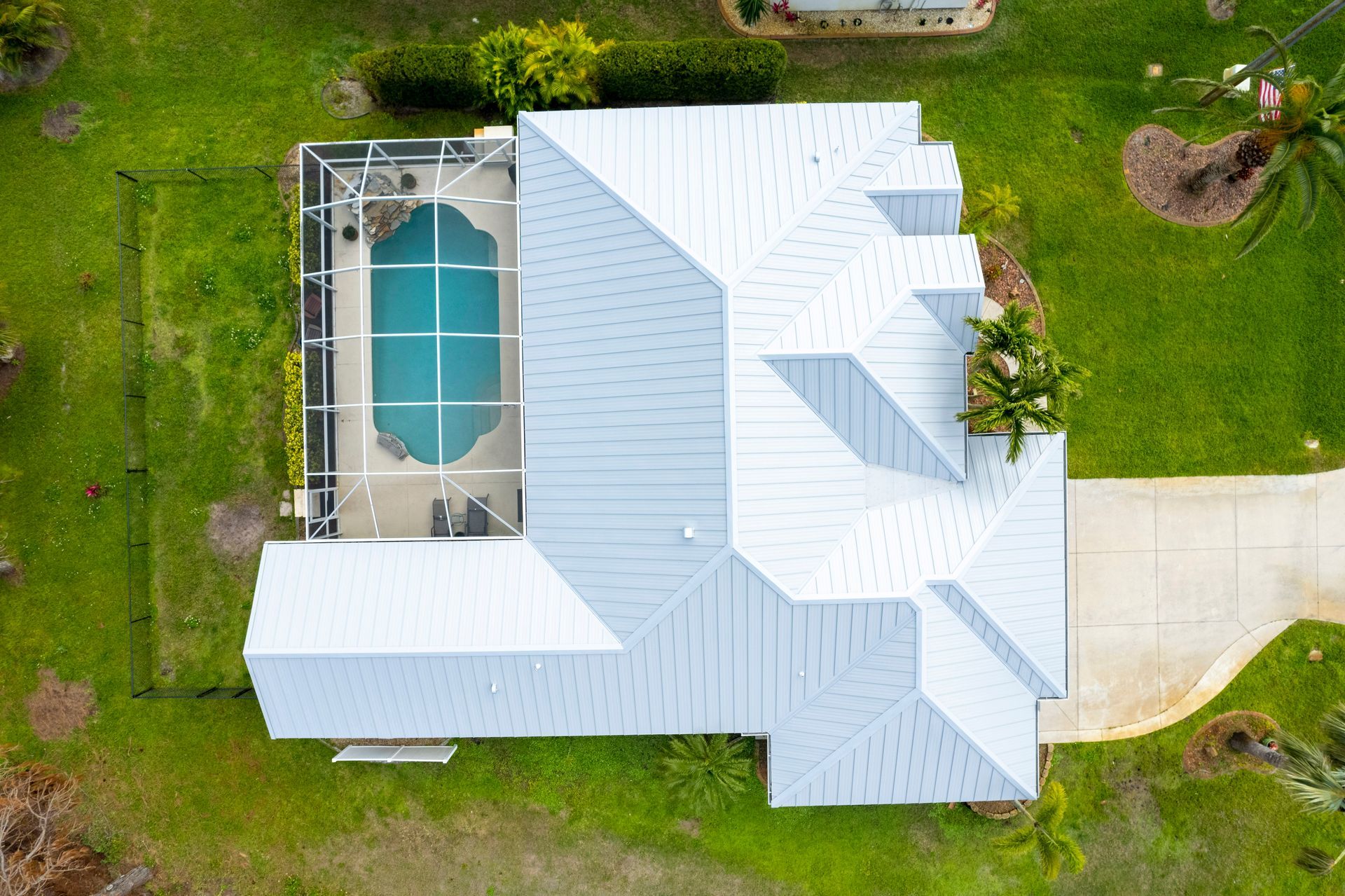
There are several types of industrial and commercial roofing materials. In this 5 part series we will cover each of the following: EPDM, thermoplastic, built-up, modified bitumen, and metal. Each material has its own advantages and disadvantages and any of them can be the right choice depending on your building, climate, and budget. In this installment, we look at TPO (Thermoplastic) roofing for commercial buildings.
What is TPO (Thermoplastic) Roofing?
Although it seems strange due to its high popularity, Thermoplastic Polyolefin (TPO) has been around less than 25 years. TPO is made of an ethylene/propylene rubber blend which enables the membrane to combine durability and flexibility. It is resistant to fire, ozone, and ultraviolet rays and the growth of mold and other destroyers. It is considered a “cool roof” because it resists heat from the sun.
Advantages of TPO
There are many advantages to thermoplastic roofing. Here are a few.
- Cost efficient
- Durability
- Resistant to ozone and ultraviolent rays
- Short installation time
TPO roofs have a few advantages which have helped them compete with EMPD, such as a wide selection of colors and a higher resistance to chemical damage then their EMPD counterparts.
Disadvantages of TPO
Although TPO has several advantages, it does have some areas which cause concern.
- Longevity is not proven
- Susceptible to extreme heat
Note: longevity questions exist because TPO is such a new roofing material (started gaining popularity in the mid-90s). While there are no major issues reported yet, it’s unclear how long TPO roofs will last. However, manufacturers are making constant improvements on current versions.
PVC Roofing vs. TPO Roofing
The other common type of thermoplastic roofing is polyvinyl chloride (PVC). For several years this PVC has been a viable option for roofers. Recently, with the growth of TPO, PVC has been pushed out of the spot light, however it remains a viable option. TPO is more weather resistant, more resistant to fungal growth, and easier on the environment. However, PVC rates higher in chemical resistance and flexibility when installing. Both come in sheets about the same size. The material difference lies mostly in TPO being able to resist the elements while PVC being a more flexible material. Though TPO roofing is the more popular commercial choice in recent years, you should make the the decision based on the needs of the specific roof.
When you are deciding what material to use for your commercial building, you should consult with an experienced, licensed roofing contractor. All Weather Tite of Port Charlotte, Florida, is a GAF Master Elite® certified roofing contractor. This guarantees that we are fully licensed, fully insured, have a proven reputation for quality, and are committed to ongoing professional training. Check out the commercial roofing section of our website. You can request a free estimate and we will be happy to explain your options regarding recoating your roof. Our expert services cover all aspects of roofing from new roofs to minor repairs.
Have any questionS?
Reach out to our roofing specialists for more answers on the various options for your home.



